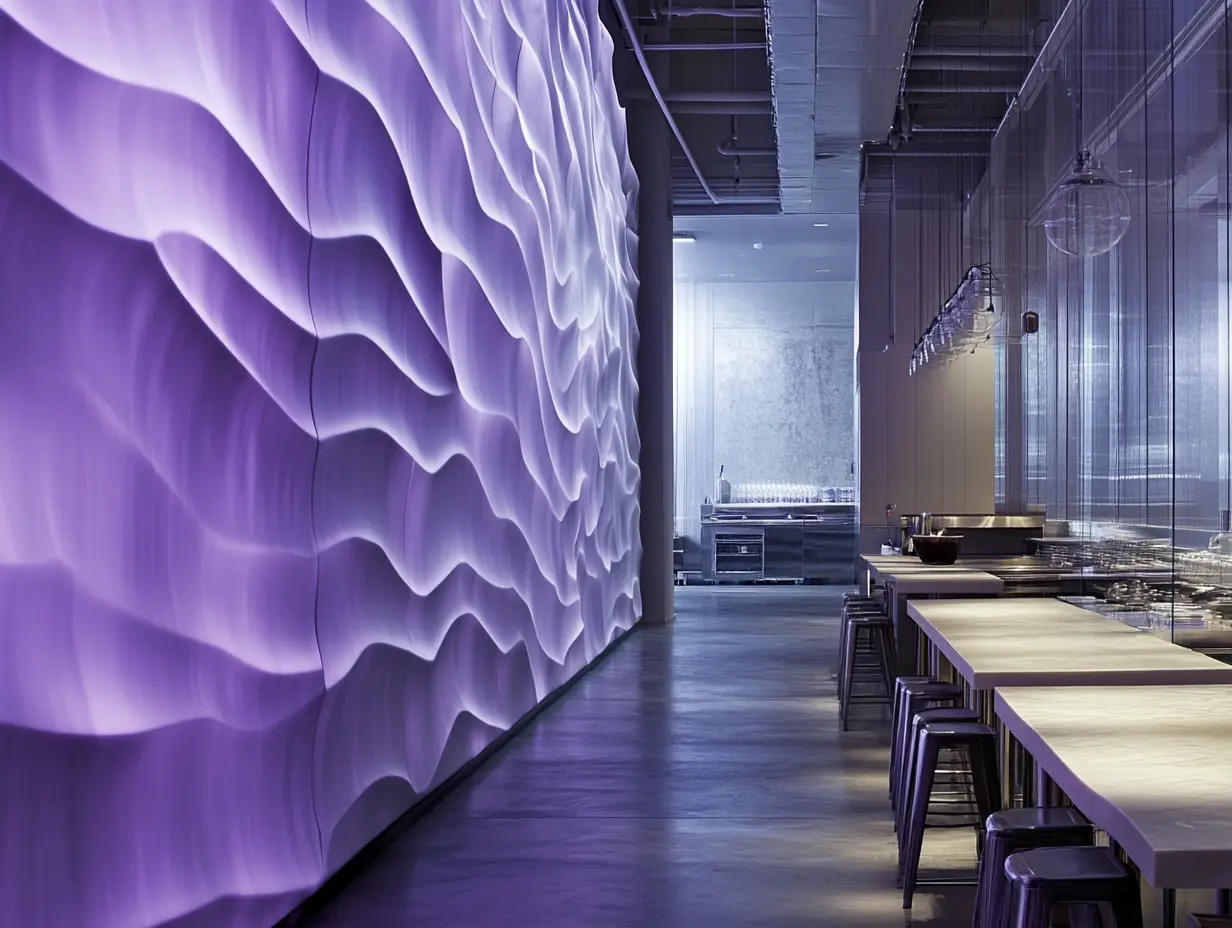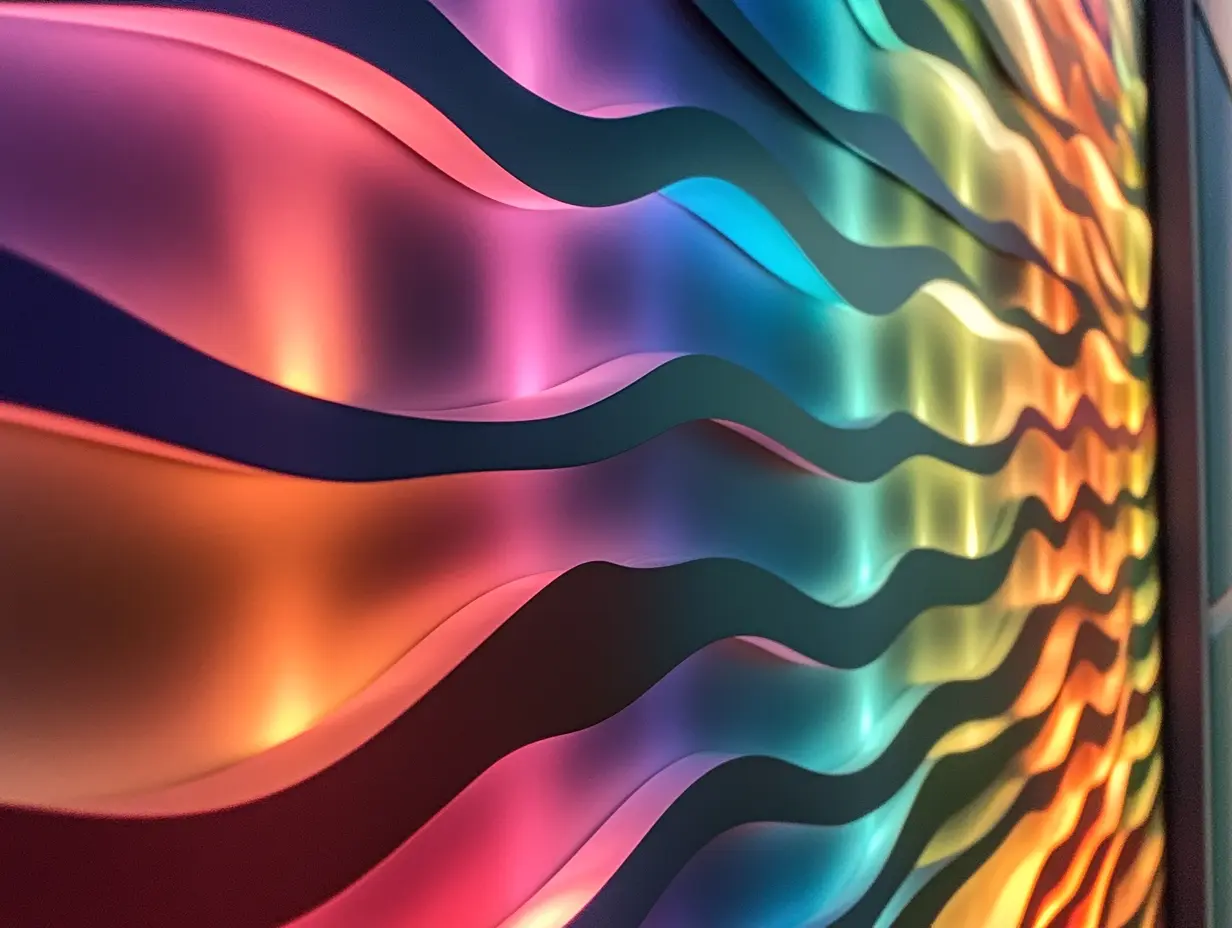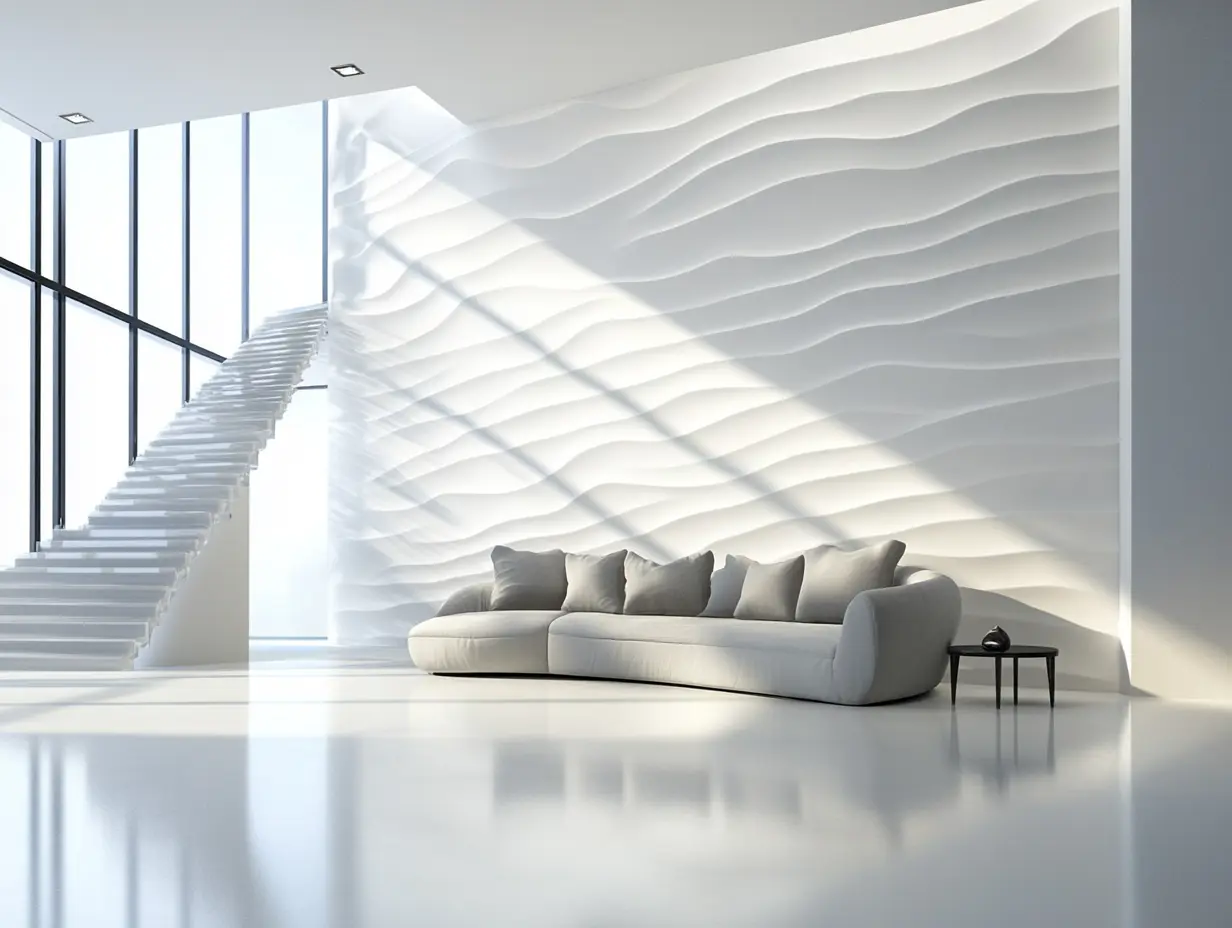Shandong Xiangying New Materials Technology Co., Ltd.
Shandong Xiangying New Materials Technology Co., Ltd.
In the recent past, the construction and interior design industries have made laudable strides, and wall panel technology has been one of the quest forces behind this transformation. The newer standards in wall panel materials and designs are not only good to look at but also greatly enhanced in their functional applications and sustainability. To an extent, it goes without saying that with advancement in the technology of wall panels will come a big change in the industry to the eventual transformation of how we think about architectural spaces.
Shandong Xiangying New Material Technology Co., Ltd. With this, we intend to lead the evolution. Through developing next-generation wall panel solutions, we strive to show our commitment to quality, sustainability, and innovations. Using advanced technology, we aim to see that we fulfill all the varying needs of our customers and at the same time participate in the building of an ecologically friendly environment. The wall panel's future is bright, and we look forward to taking a lead in this critical transition for the industry.

Smart wall panels are changing the landscape of architecture by weaving technology seamlessly into design. The advent of new treatment methods calls for wall panels to adapt to the creation of effective, hygienic settings in this ever-evolving world of health care. It is practicable for these surface innovations to install sensors and connectivity features to monitor conditions in real time within medical facilities; this guarantees the safety and comfort of patients and staff alike. Outside healthcare, smart wall panels are claiming their territory in homes and other commercial areas. The latest developments show that the panels can now incorporate built-in features for lighting, climate control elements, and perhaps even energy generation. The trend improves the aesthetics of spaces while encouraging sustainability. As designers and builders increasingly search for solutions that marry functionality with modernity, smart wall panels are set to help reshape our thinking about both interiors and exteriors in the years ahead.

Novel materials being integrated with wall panels are rapidly changing the entire realm of construction within the industry with very modern solutions to not just function but also aesthetics. One such alluring emerging trend in wall panels is the use of luminous wall panels, which bring advanced lighting into creativity with high structural systems. This will beautify spaces aesthetically by creating energy-efficient environments.
Moreover, waterproof wall panels serve effective alternatives to conventional materials, especially in wet areas such as bathrooms. These panels require quick installation and therefore can eliminate or minimize extensive renovation, thus providing an economical solution for modern construction. A similar trend towards modularization in building systems is emerging, taking place as modernization in construction principles, and it will come into more innovations in wall panel technology later on.

Wall panels today have crossed the borders of mere function and good looks into the world of aesthetics. New materials and technological advancements have redefined their role in interior spaces; now they add atmosphere with advanced paint technology and lightweight yet sustainable production methods that allow for a plethora of textures and finishes appealing to modern tastes.
With aesthetics as the focus, implementation of smart technologies into wall panels creates new possibilities. For instance, wall applications can favorably incorporate digital signage and interactive displays to become lively canvases that change in accordance with different settings. This not only ramps up the aesthetic appeal but also serves a very practical purpose for business settings, allowing for presentations that are both engaging and customizable. As the industry moves forward, it is clear that the design of wall panels with a focus on aesthetics will continue to define future developments in interior spaces.

Sustainable innovations in wall panel manufacturing are expected to herald a new era in construction and energy efficiency. The latest innovations in window wall technology signal a crucial transition: Incorporating solar energy production into building materials. This not only beautifies buildings, but allows for renewable energy generation, meaning buildings can be self-sustaining.
Furthermore, innovations such as vertical bifacial solar panels provide solar technology a new perspective on walls as active energy solutions. These enable maximum light capture while sponsoring living ecology on the building facade. With the construction industry embracing these technologies, the intersection between sustainability and design will soon make a paradigm shift on how we perceive walls and erally transform them into living supporting entities for a greener tomorrow.
In advanced wall panel technology, AI is the game-changer for customized solutions. AI-empowered designing tools provide architects and designers with an opportunity to tailor-make wall panel designs for any project as per specific requirements, optimizing aesthetic appearance and achieving the functionality expected. Thus, such bespoke practice satisfies a demand from both parties-arising from both producers and consumers-to achieve sustainability in the most reduced amount of materials utilized.
Thirdly, changes in 3D technology-aided developments in wall panels will also have a great impact on the market. Such panels will not only help to extract excess moisture in a building for a healthier indoor environment but will also use a system to learn and change its behaviour as the conditions vary. Therefore, the intersection of AI and smart materials is a major stride made towards the transformation of walls into entities that can behave dynamically in reaction to the environment.
Breakthroughs in wall panel systems that favor energy efficiency are shaping the future of insulation technology. As the construction industry is coming under increased pressure for lower energy consumption and greenhouse gas emissions, smart wall panels are increasingly contributing to effective solutions. These panels of this generation merge insulation with energy-producing capabilities such as solar energy panel technology to improve thermal performance and independent renewable energy generation.
Recent advances in curtain wall technology signal a trend towards building walls that actively collect solar energy, while at the same time, provide very good insulation. This kind of innovation is, of course, going to improve energy performance in buildings, but will also aim at producing more sustainable urban environments. As the world of insulating materials transforms, there will also be many more intelligent materials that use less energy and feed back into the grid, pushing the industry further onward into a more sustainable future.
The wall panel industry is becoming progressived with emerging trends in market and technology innovations. One of the newest and most exciting developments regarding wall panels is the solar integration. Companies in the industry are now looking at window wall technology to harness sunlight and transform it into energy. In addition to this novelty coming from its response to the growing renewable energy market, it also provides a sustainable alternative to decreased electricity use in buildings.
Further advances into interior glass wall systems are in the full showcase for the feature-functionality of most recent tech panels. These new advancements provide seamless integration with modern technology so that space can be effectively used-and for aesthetic appeal, in commercial and residential environments. Since the market keeps on growing, we will soon witness the impacts of the innovations on building designs across the industry as well as energy efficiency standards.
The evolution that descends through wall panel technology is one of the best magnifications for improved efficiency and utility value in both commercial and residential areas, in retrofitting their energy requirement elements. One of the ignoring options of insulated metal panels is clearly visible in the U.S., where they have turned the tide of architecture into yet another dimension of sustainable construction. Primarily, these are born to equip a building with optimum thermal performance, but they cumulatively also have thermal energy efficiencies aligned with the greater goal of attaining reduced absolute energy consumption for structures and net-zero emissions by the year 2050.
Another introducing application would be flexible solar technology and its future that allows synergy with everyday buildings. Its difference lies in the ability of this technology to enhance energy capture efficiency while retaining aesthetic value. With the growing use of energy-efficient materials and smart technologies, the future of wall panel applications seems bold and may change the way one designs and utilizes spaces for living and working.
The rapidly changing landscape of wall panel technology is very much evolving with changes in safety regulations, innovative designs, and latest advancements. One of them is the recent development that basically speaks of integrating walls with new technology, making them functionally stylish. One example is the recently introduced tech panels that allow a seamless interface with the wall system for higher performance quality in the overall performance of interior glass wall systems.
Moreover, the introduction of waterproof panels as alternatives to traditional tiles is causing a new paradigm shift in bathroom designs. These are aesthetically pleasing and facilitate quick, neat installation without noisome gutting. Safety is at the top of the agenda, new regulations are setting for innovations that do and above all that needed in order to usher in a safer and more advanced wall panel industry.
Thus, the benefits of wall panel technology are bound to change the construction industry especially as far as speeding up construction is concerned. Among the newly invented materials are perovskite solar cells that literally convert a normal wall into a surface capable of generating energy. This changes the landscape of solar energy use by buildings. It is both building improvement and energy induction solution, which saves construction time by integrating energy solutions right into buildings.
Again, the new multifunctional wall panels, not only with lighting integrated but display technology as well, further enhance design and functional efficiency. Such smart installation panels create thousands of designs with very few components, thus shortening construction time. No doubt, with the building industry fast embracing these innovations, the future for building methods-increased speed and efficiency without compromising any other quality characteristic-holds great promise.
Modern wall panels are designed to enhance both functionality and style, serving as integral elements of interior design that improve the ambiance of any space.
Advancements in technology, such as smart technology integration and digital signage, are transforming wall panels into dynamic canvases that can adapt to various environments.
Innovative materials like lightweight options and sustainable production methods are being used to create diverse textures and finishes that cater to contemporary design tastes.
Modern wall panels enhance construction speed by using innovative materials that integrate energy solutions directly into the structure, streamlining the building process.
Multifunctional wall panels can include features such as integrated lighting and display technology, improving aesthetic appeal and operational efficiency while simplifying installation.
Modern wall panels support sustainability by incorporating energy-generating technologies, such as perovskite solar cells, which contribute to eco-friendly construction practices.
Smart wall panels allow for customizable and engaging presentations through features like interactive displays, elevating the visual appeal in business settings.
Future trends in wall panel design are expected to continue emphasizing aesthetics and functionality, driven by ongoing innovations in materials and technologies.
Yes, the use of advanced wall panel technology aims to improve construction quality while enhancing speed and efficiency, ensuring sustainable building practices.
The significance of aesthetic design in wall panels lies in their ability to enhance interior spaces, making them not only functional but also visually appealing.

